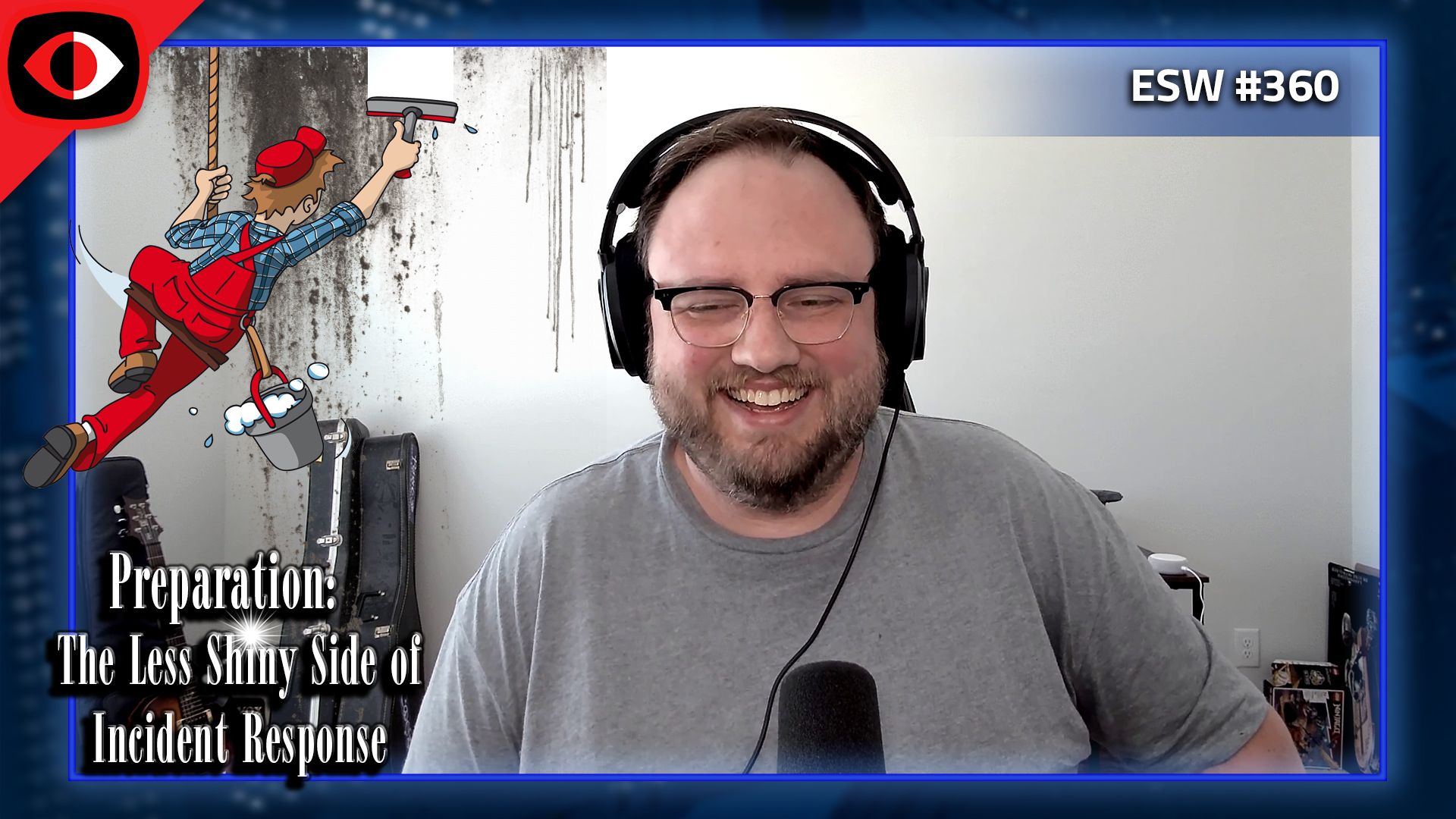In the ever-evolving landscape of cybersecurity, security operations centers (SOCs) play a vital role in detecting and responding to unfolding attacks, proactively hunting for threats, and reinforcing the enterprise’s overall security posture.
As we move into the second half of 2023, enterprises face a critical SOC challenge demanding ever more urgent attention: the convergence of information overload, alert fatigue, false positives, a lack of real-time asset visibility, and elevated employee burnout. It’s critical for SOCs to take concrete steps to address this single, but multifaceted problem to enhance their efficiency, effectiveness, and overall security posture by year's end.
Unravel the problem
Alert fatigue has emerged as a pervasive issue within SOCs. The relentless influx of alerts, ranging from low to high severity, but often miscategorized, overwhelms security analysts and hampers their ability to distinguish genuine threats from false alarms. Combine this with the persistent problem of information overload and uncovering actionable insights has never been more arduous.
These factors combine to fuel employee burnout rates, as analysts struggle to keep pace with the constant stream of alerts and data. Burnout jeopardizes the mental well-being of these skilled professionals, and also compromises their ability to maintain the required level of attention and vigilance necessary for effective threat detection and response.
In addition, the prevalence of false positives further amplifies the burden on SOCs. Inaccurate alerts generated because of misconfigurations, outdated threat intelligence, or inherent limitations of the technology or data, consume valuable time and resources that analysts could better spend on more proactive threat hunting or research activities. The sheer volume of false positives erodes trust in security tools, and also creates skepticism among analysts, leading to potential negligence in addressing actual security incidents.
Adding to the complexity, a lack of real-time visibility exacerbates these issues. Limited visibility across the entire digital landscape hinders SOC teams from gaining a comprehensive understanding of the security posture of the organization, or a joined-up understanding of the evolution of an attack in progress. This lack of visibility prevents them from swiftly identifying emerging threats, correlating events, and taking proactive measures to mitigate potential risks.
Solve the problem
SOCs must adopt a holistic approach, leveraging both technological advancements and process optimizations. By integrating and streamlining their tools, platforms, and workflows, SOCs can significantly enhance their efficiency and effectiveness in identifying and responding to genuine security incidents. Here are some strategies:
- Intelligent automation and orchestration: SOCs can harness the power of intelligent automation and orchestration to reduce alert fatigue and information overload. Leveraging machine learning to carry out primary data ingestion and normalization to effectively correlate data and automate routine and repetitive tasks, analysts can focus on critical threats, while orchestration streamlines the incident response process, enabling faster and more accurate decision-making.
- Enhanced threat intelligence and analytics: Automated multi-sourced threat intelligence, paired with advanced analytics and enrichment capabilities lets SOCs better prioritize alerts and filter out false positives. By leveraging machine learning and artificial intelligence techniques, security tools can adapt and learn from historical data, enhancing their accuracy in identifying and escalating genuine threats.
- Real-time asset visibility: Organizations can proactively monitor their digital resources, track their locations, and understand their configurations. It's like having a live map of the organization's digital assets, which lets the team pinpoint its exact whereabouts and assess their current state. This level of visibility lets SOC teams quickly identify potential vulnerabilities, detect unauthorized access attempts, and ensure compliance with security policies.
- Employee well-being and skill development: Companies need to prioritize the well-being of analysts to combat burnout. Organizations must foster a supportive work environment, promote work-life balance, and offer opportunities for skill development and career growth. Give the team time to take proactive steps to strengthen enterprise security, like threat hunting exercises or the creation and delivery of security training for the wider employee base. Create the space for SOC analysts to add value and a sense of wider purpose. The analysts can do this by leveraging their knowledge to pursue and integrate their own research, develop or enhance existing processes though application of lived experience, or simply undertake training that lets them further their career goals.
As we navigate the second half of 2023, the convergence of information overload, alert fatigue, false positives, a lack of real-time visibility, and employee burnout remains the most pressing issue for SOCs. By implementing intelligent automation and orchestration, leveraging enhanced threat intelligence and analytics, embracing real-time asset visibility, and prioritizing employee well-being, enterprises can significantly enhance the operational efficiency of the SOC, reduce the burden on analysts, and ultimately strengthen their organization's overall security posture.
Rik Ferguson, vice president, security intelligence, Forescout





